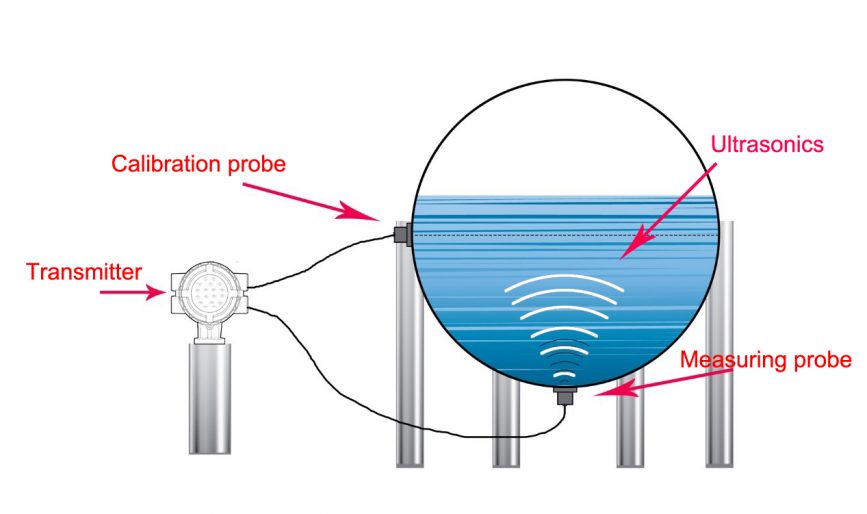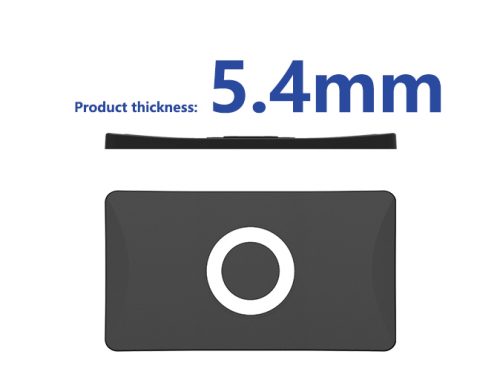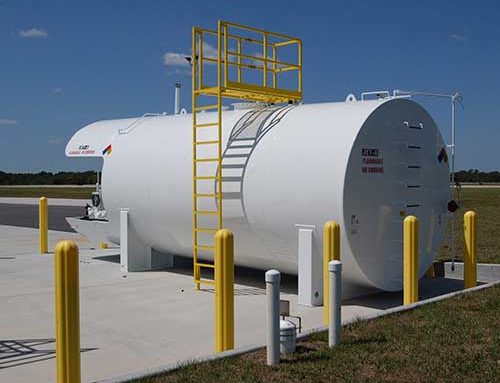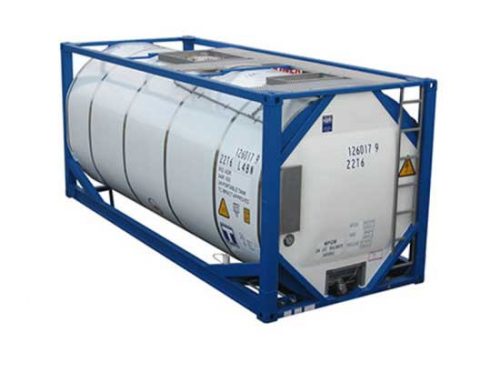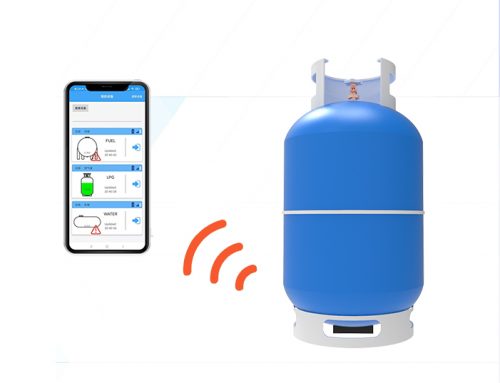How does ultrasonic sensor work?
Ultrasonic-based liquid level measurement is the use of ultrasonic reflection, transmission and refraction, and other physical properties, mature measurement methods are non-intrusive level measurement and intrusive level measurement.
Ultrasonic level measurement technology has been widely used in various industrial plates and is widely used, but its methods and principles are not the same, mainly because the needs of the industrial field are different, such as: open environment of measurement and sealed environment of measurement and cost control requirements. For different needs should be suitable for ultrasonic level measurement methods.
Ultrasonic-based liquid level measurement is the use of ultrasonic reflection, transmission and refraction and other physical properties, mature measurement methods are non-intrusive level measurement and intrusive level measurement.
Ultrasonic liquid level measurement method and ultrasonic ranging principle is the same, need to calculate the difference between the incident wave transmission time and the reflected echo receiving time, and then multiply the ultrasonic wave propagation speed in the measured medium to determine the height of the liquid to be measured in the container. There are two ways to realize the ultrasonic liquid level measurement system using the method of the sound velocity curve.
Non-intrusive level measurement
One method of measuring liquid level using ultrasonic ranging principle is to install the measuring probe on the outer wall of the bottom of the container, using the reflection and transmission characteristics of ultrasonic.
As shown in the figure.
When the ultrasonic wave emitted by the probe propagates to the inner wall of the bottom of the container, the first reflection echo is generated due to the change of the propagation medium. After that, the ultrasonic wave continues to propagate in the liquid medium to be measured. When it propagates to the gas-liquid interface, the propagation medium changes again, and the second reflection echo is generated.
Assuming that the time difference between the first echo and the second echo is T, the liquid level in the container can be obtained from the ultrasonic wave propagation velocity C in the liquid under measurement, L =c ⋅T/ 2
The advantage of this liquid level measurement method is that there is no need to open holes or install flanges on the tested container when measuring, and the internal liquid level information can be obtained directly from the outside of the container, which truly realizes the non-interventional liquid level measurement.
However, the measurement accuracy of this method is closely related to the installation position of the probe, and the more vertical the transmission direction of the ultrasonic wave is with the liquid level to be measured, the better the measurement effect will be.
In addition, in the measurement process, the ultrasonic wave needs to pass through the container wall and the liquid to be measured, which is susceptible to the sediment at the bottom of the container, liquid bubbles and liquid impurities, and other factors. There are many limitations in the practical application process.
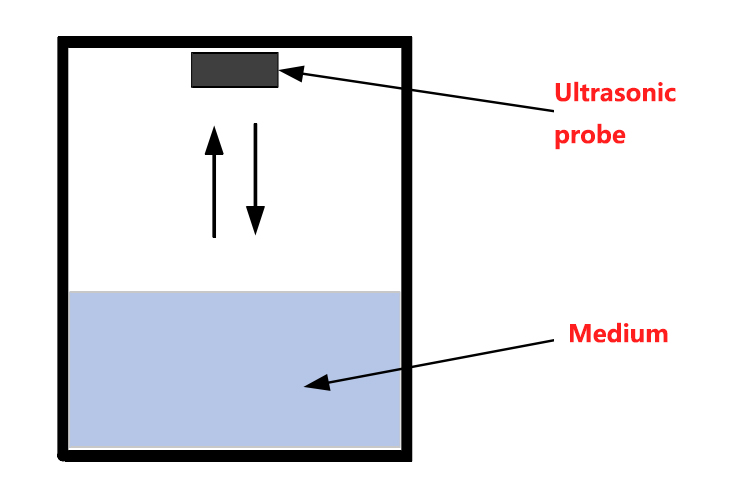
Intrusive level measurement
Intrusive level measurement
Another is to pre-install the ultrasonic probe on the inner top of the container, as shown in the figure.
This measurement takes advantage of the reflective properties of ultrasonic waves.
Measurement, controlled by the host installed at the top of the ultrasonic probe and record the initial time for t 0, when the ultrasonic wave reaches the measured liquid surface reflection occurs, the ultrasonic probe at the top of the container to receive reflected ultrasonic signals, and the sound signal into electrical signal output to the host, the host records the ultrasonic propagation time for t1.
Assuming that the velocity of the ultrasonic wave in the gas medium above the inside of the tested container is c, and the height of the tested container is h, then the time of ultrasonic wave from the top of the container to the liquid level is T =(t1−t0)/ 2, and the height of liquid level in the container is L =h −c ⋅T
This kind of ultrasonic liquid level measurement method is not a non-interventional measurement in the strict sense. Because the measurement probe is installed in the container in advance, the measurement accuracy will be affected by the temperature, pressure, and other factors in the container.
In addition, when the measured liquid is corrosive and volatile, it will cause damage to the level measuring probe, affecting the reliability of the measurement.
The measurement accuracy of the above two liquid level measurement methods based on the principle of ultrasonic ranging is related to the propagation speed of the ultrasonic waves in the medium.
According to the physical characteristics of the ultrasonic waves, the propagation velocity of the ultrasonic waves in the medium is easily affected by the temperature of the medium. In the practical application, in order to obtain higher measurement accuracy, it is necessary to correct and compensate for the sound velocity.

